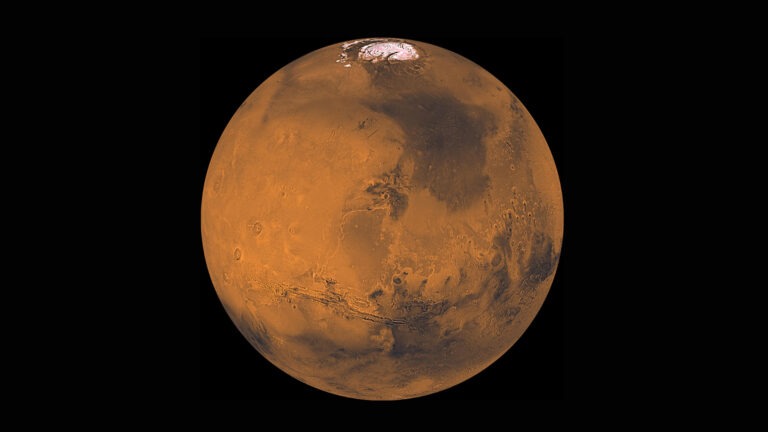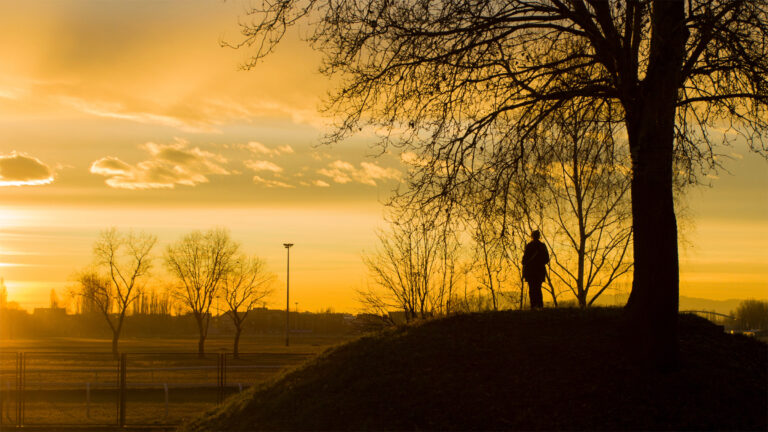In 2024, we explored some of the incredible women who basically built astronomy.
Our essential guide (Celebrating the Women who Shaped Astronomy) includes legends like Hypatia, Herschel, Payne-Gaposchkin and Payne-Scott. But you asked for more, you asked about some of the women who maybe don’t have telescopes or observatories named after them, and we heard you.
Ahead of International Women’s Day on March 8, we’re shining a light on a few of the other trailblazers who’ve been expanding space and astronomy. There are maybe some familiar faces, and some seriously cool women you might not have heard of, including a few closer to home.
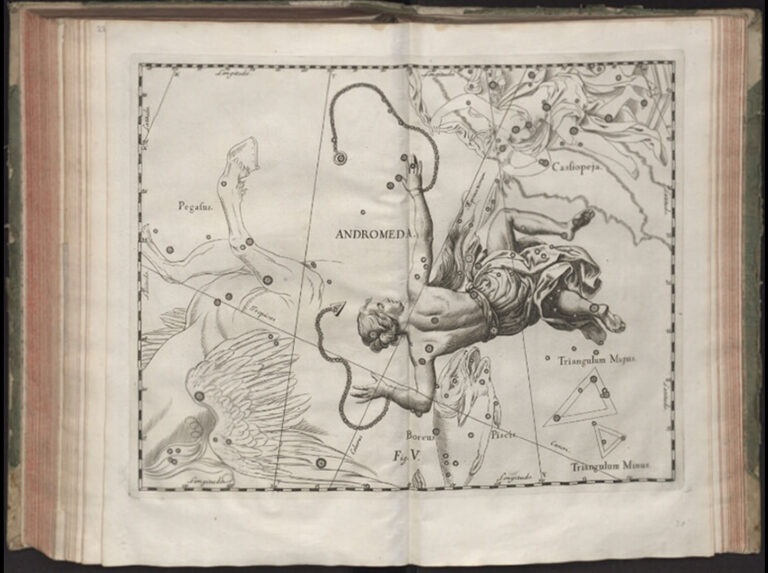
Elisabeth Hevelius is considered one of the first female astronomers.
Born in mid-17th century Poland, the stars fascinated Elisabeth from an early age. Elisabeth’s marriage to the noted astronomer Johannes Hevelius helped her pursue her astronomical passion while she helped Johannes manage the observatory.
After her husband’s death, Elisabeth completed the celestial atlas and star catalogue they’d worked on together. Prodromus astronomiae (‘Elements of Astronomy’) documented the positions and relevant data for 1,564 stars, including more than 600 new stars and 12 new constellations found by Elisabeth that weren’t in the original written draft.
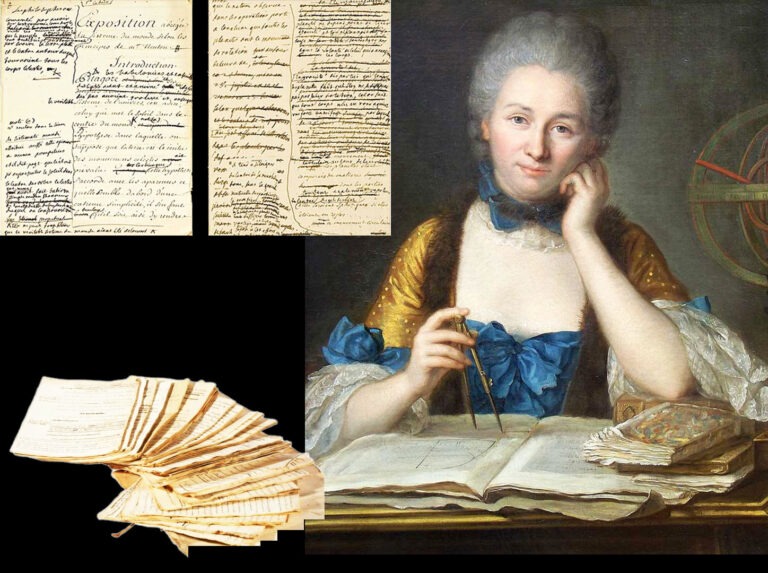
Historians celebrate Émilie du Châtelet‘s translation of Newton’s Philosophiae Naturalis Principia Mathematica into French, but we do it a disservice just calling it a translation. Du Châtelet made Newton’s work accessible to the masses and also corrected and expanded on his ideas.
Du Châtelet’s contribution to astronomy is less frequently remembered than what she brought to maths and physics, but it also deserves celebrating. Her work advanced astronomy by bridging the ideas of Gottfried Leibniz and Netwon, and contributed to a clearer understanding of the gravitational effects of distant planets on Earth’s motion.
You could call her one of the first science communicators.
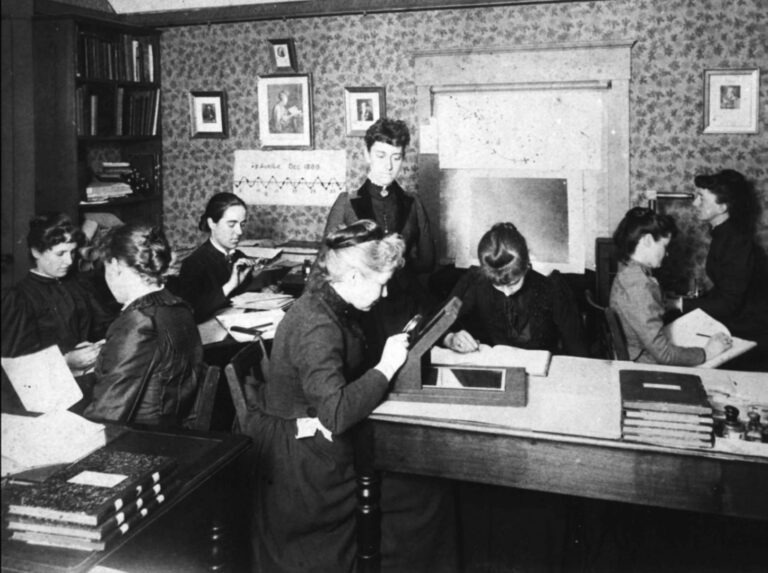
A group of women computers (people who performed calculations and computations), including Annie Jump Cannon, at Harvard College Observatory. Image credit: Harvard College Observatory
Annie Jump Cannon’s astronomy enthusiasm began early, when she would stargaze together with her mum on the roof of the house, using an old astronomy textbook to identify the constellations.
Cannon studied physics and astronomy at college, before getting a job at Harvard College Observatory as a ‘computer’, classifying stars. In 1901, several years before Cannon completed her Master’s degree, she’d already published her first catalogue of stars.
Cannon is now known as the ‘census taker of the sky’, and her Harvard classification scheme, categorising stars based on temperatures and spectral types, is still used today.
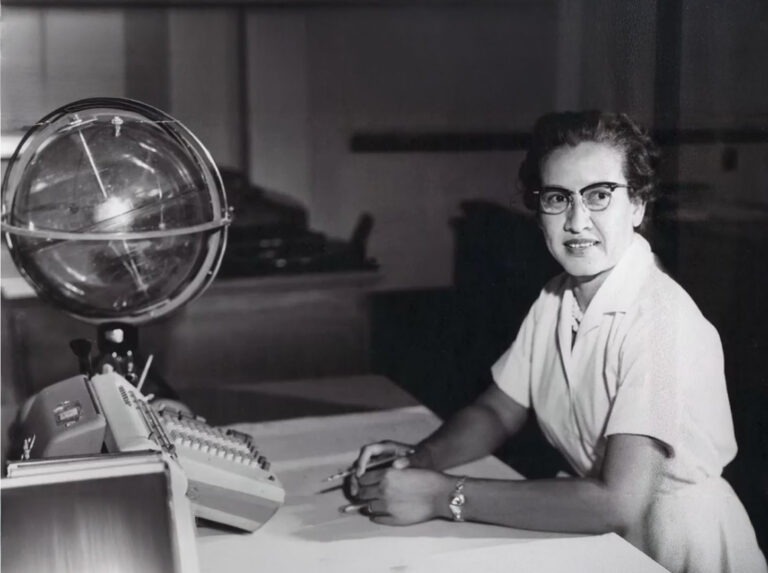
Katherine Johnson is our first trailblazer born in the 20th century, and she was crucial to the success of the USA’s early space program.
Johnson took every maths course offered at her college, so they added new ones just for her. Putting her exceptional maths skills and analytic geometry knowledge to work for the National Advisory Committee for Aeronautics (NACA), Johnson calculated trajectories, launch windows, and emergency return paths for Project Mercury spaceflights.
Johnson worked for NASA until the mid-1980s, and her maths and electronic computer skills were critical to the success of the Apollo Moon landing program and the start of the Space Shuttle program.
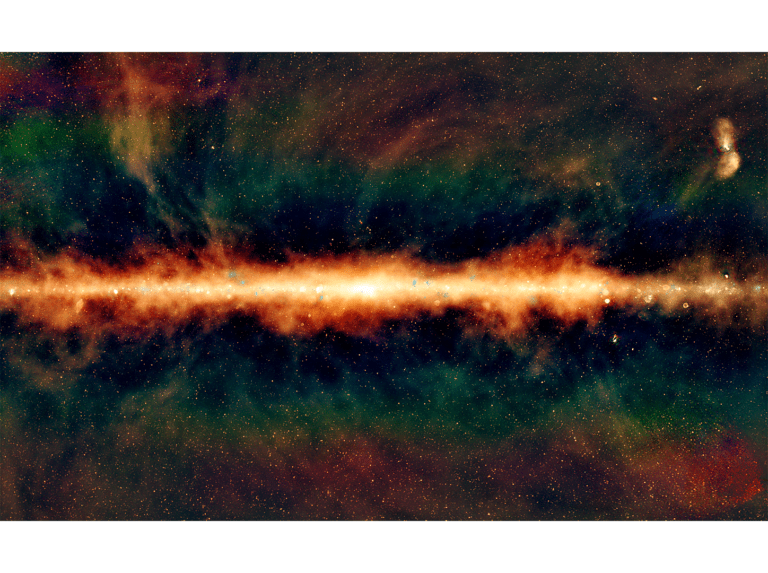
Image credit: Natasha Hurley-Walker (Curtin / ICRAR) and the GLEAM Team.
Natasha Hurley-Walker is a West Australian radio astronomy trailblazer who helped commission the Murchison Widefield Array (MWA). Hurley-Walker also led the MWA team that produced the GLEAM (Galactic and Extragalactic All-sky MWA) survey, creating striking maps of the southern sky, like the one pictured.
Currently, Hurley-Walker leads the Curtin Institute of Radio Astronomy’s ‘Extragalactic Radio Science’ team, exploring supernova remnants, galaxy clusters, and radio galaxy life cycles.
With her researchers, Hurley-Walker discovered a new kind of repeating radio source in space: long-period radio transients. These mysterious repeating radio sources spin so slowly that they shouldn’t be able to produce radio waves, but they do.
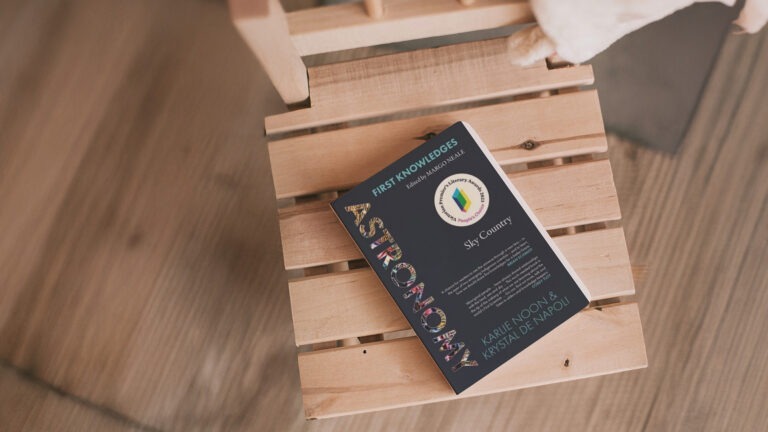
Karlie Noon is a Gamilaraay astronomer and the first Indigenous Australian woman to graduate with a double degree in maths and physics.
Noon is undertaking a PhD in astronomy at the Australian National University in Ngambri and Ngunnawal country. Her trailblazing research focuses on the chemical evolution of the Milky Way’s nuclear wind, blending multi-wavelength observations with advanced simulations.
Away from her academic research, Noon is an advocate for dark sky preservation and Indigenous-led astro-environmentalism. With Krystal De Napoli, Noon co-authored the book Astronomy: Sky Country and is actively researching the need for respectful relationships between space agencies, research institutions and Indigenous communities.
There are so many more trailblazers of space and astronomy we didn’t have the space to feature, including dozens working in astronomy right now, today, in Australia, and around the world. Watch out for more on this subject in the future!
Jay Chesters
give the gift of astronomy
Know someone with a telescope? Or are you giving a telescope as a gift? Help them start their astronomical journey with a gift voucher to one of our BYO Telescope Classes.


